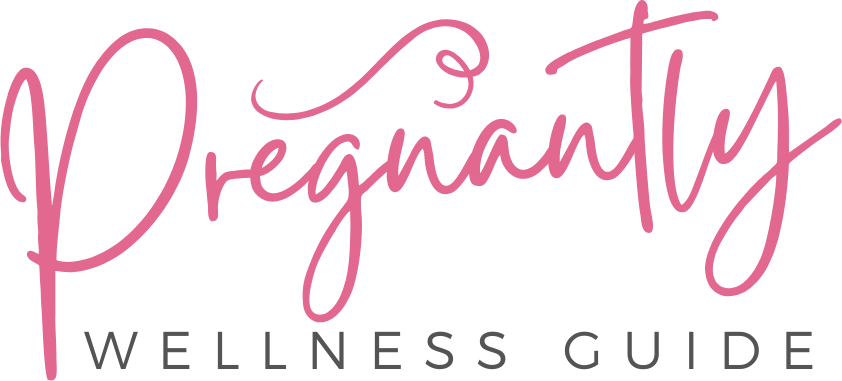
We’re facing a harsh reality: women are shouldering the weight of burnout, drained by work, family, and societal pressures. We’re 32% more likely to experience burnout globally, with inadequate support and traditional gender roles exacerbating the issue. We can’t pour from an empty cup, and it’s time to acknowledge the emotional labor and mental load we carry. Let’s explore how we got here and what we can do to break this cycle.
Burnout Disparity Between Women and Men
As we explore into the burnout disparity between women and men, it’s clear that we’re dealing with a complex issue that affects us all. We see that women report higher rates of job-related burnout than men, and this gap remains significant even after accounting for job characteristics. Traditional gender roles and expectations contribute to this disparity. We notice that women experience about 32% more burnout than men globally, with hybrid work arrangements posing a higher risk. It’s vital we acknowledge these differences to better understand and address burnout. We must consider the interconnected factors driving this disparity.
Impact of Workplace Stress on Women’s Mental Health
Workplace stress is taking a devastating toll on women’s mental health, and we’re seeing it firsthand. We’re experiencing higher rates of anxiety and depression, with 75% of us reporting burnout at work. Stress levels rise with extended working hours, and we’re struggling to disconnect from work. Inadequate employer support and stigma surrounding mental health issues exacerbate the problem. We’re 46% more likely to job search due to high stress, leading to career instability. It’s clear that workplace stress has severe consequences for our mental health, and we need meaningful support to address this crisis.
Work-Life Balance Challenges for Women
Finding balance between our personal and professional lives is a constant struggle, and it’s taking a toll on our well-being. We’re not alone in this fight.
| Challenge | Impact |
|---|---|
| Increased workload | 53% worsened balance |
| Lack of flexibility | 14% leave jobs |
| Family commitments | 35% cite as cause |
| Burnout | 49% report feeling burned out |
| Mental health | linked to burnout, affecting well-being |
We need to acknowledge these challenges and work towards solutions to achieve a better work-life balance.
The “Third Shift” and Emotional Labor
Because we’re already juggling multiple responsibilities, it’s crucial we acknowledge the “third shift” – the emotional and relational labor we perform both at home and in the workplace. We’re exhausted from managing emotions, supporting others, and fostering positive environments. Key aspects include:
- Emotional exhaustion
- Mental load management
- Interpersonal relationship management
- Household management
- Unrecognized labor. This labor is a second full-time job, consuming time and energy, affecting our well-being and health. We must recognize its impact to address the disparities it creates.
Intersectionality and Compounded Stressors
We’re exhausted from managing our emotions and supporting others, and it’s clear that the “third shift” of emotional labor takes a significant toll on our well-being. Intersectionality plays a significant role, as we experience compounded stressors due to our social identities. Women of color, for instance, face elevated rates of depression and anxiety from combined racial and gender stressors. We’re not just dealing with individual issues, but also systemic inequalities and social stigma. Our mental health challenges are unique and complex, requiring a nuanced understanding of intersectionality to address them effectively. We must acknowledge these disparities to move forward.
Anticipated Trends and Organizational Implications
As we explore into the anticipated trends and organizational implications, it’s clear that the burnout epidemic among women will have far-reaching consequences if left unaddressed. We’re seeing rising burnout rates, widening gender gaps, and increasing stress levels. Key concerns include:
- Burnout’s impact on productivity
- Lack of work-life balance
- Unrecognized emotional labor
- Mental health stigma
- Career advancement barriers. We must acknowledge these issues to mitigate burnout’s effects on women and organizations.
Breaking the Cycle of Burnout
The alarming rise of burnout among women demands our attention, and it’s time we take proactive steps to break this destructive cycle. We can’t ignore the fact that 46% of U.S. working women reported burnout in late 2023. To address this, we must implement organizational changes, such as equitable workload distribution and flexible work policies. We also need to prioritize personal self-care strategies, like setting boundaries and practicing mindfulness. By doing so, we can reduce burnout incidence and cultivate supportive workplace cultures that value employee wellbeing. It’s time we take action to break the cycle of burnout and empower women to thrive.
Conclusion
We’re drowning in a sea of expectations, with a million tasks and zero support – it’s a wonder we’re not all burned out. We’re shouldering the weight of the world, literally and emotionally, with exhaustion piling up like an insurmountable mountain range. It’s time to break free from this endless cycle of burnout, before we’re nothing but empty shells of our former selves.







